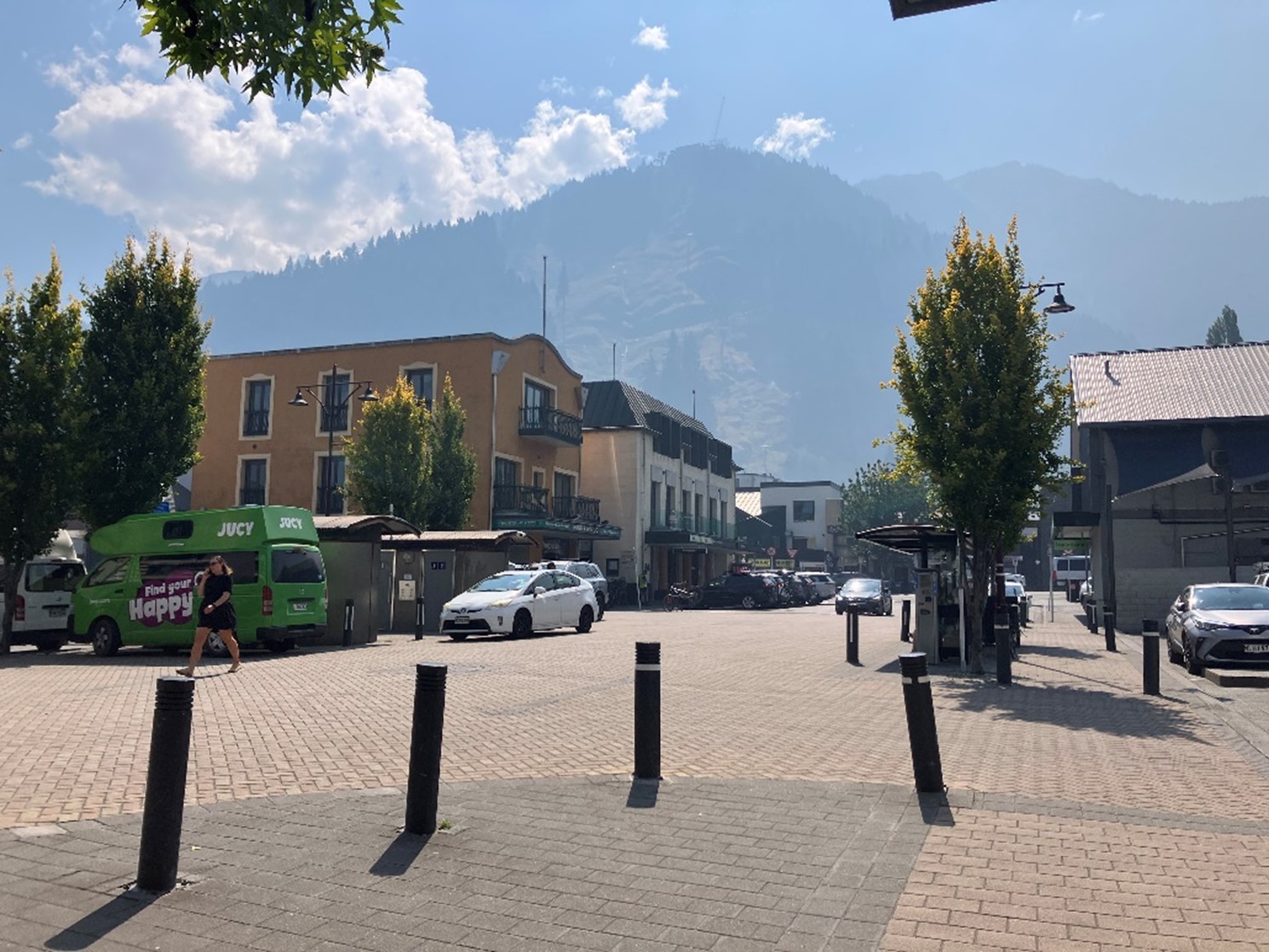Southern fires prompt outdoor burning warning
Wednesday 15 January 2025

We urge rural and peri-urban communities to plan burnoffs carefully due to dry conditions in Otago after two recent rural fires.
Wednesday 15 January 2025

We urge rural and peri-urban communities to plan burnoffs carefully due to dry conditions in Otago after two recent rural fires.
Two rural fires in Otago and Southland yesterday have prompted ORC to remind rural and peri-urban communities to prepare carefully for any intended burnoffs - given the many dry areas around Otago at present.
ORC’s Manager Compliance Carlo Bell says despite the cool climate in coastal Otago in recent weeks, many parts of inland Otago are in fact tinder dry at present and pose a heightened fire risk.
“Because Otago is very dry in many places, the ORC is urging people to check weather forecasts and take great care around any permitted or lawful property burn-offs they are intending,” he says.
People need to check the fire season status for their part of Otago and have any permits from FENZ as well as meeting ORC's rules.
Central Otago and Upper Waitaki zones in Otago are under a restricted fire season until further notice since 16 December, so no burning is permitted in these areas currently. The general Queenstown Lakes zone is restricted so can burn only with a permit. There are areas around Dunedin similarly dry.
Mr Bell highlighted the MetService forecast for Central Otago for the next week had only a few isolated showers forecast, so dry conditions would likely persist.
“This should remind people to be extra careful around all outdoor fires, be it burnoffs or smaller outdoor fires, and when using machinery in dry areas, such as mowers or farm machinery,” he says.
There was one fire in the vicinity of Kingston (Southland) yesterday, which was attended by Fire and Emergency NZ and deemed a controlled burnoff with no further action taken. (Southland is the jurisdiction of Environment Southland, not ORC)
Mr Bell says there were six complaints to ORC’s Pollution Hotline yesterday from the Queenstown area which all appeared to relate to this fire, with a large smoke haze reported around Queenstown.
There was a second vegetation fire across about 2ha at Mount Pisa between Wanaka and Cromwell, also attended by FENZ (see ODT report, page 9, 15 January 2025).
“We’re urging people to go through the following list as they formulate plans,” he says.

If burning permitted material is your only option, you should reduce smoke and burn safely and considerately.
There are three different types of outdoor burning:
An outdoor fire – such as a brazier, a controlled rural burn-off, or a hangi – must comply with Otago Air Plan rules.
Having a permit from Fire and Emergency NZ does not necessarily mean your burning is permitted under Otago Air Plan rules.
Fire and Emergency New Zealand sets fire seasons, tracks daily fire danger, and issues permits to burn.
Their rules depend on what kind of fire you have and whether it's an open, restricted or prohibited season. Before you light a fire, check your plan at checkitsalright.nz and get a permit if you need one.
You must also follow the Otago Air Plan rules for what you can burn and where the fire is.
Burning these kinds of materials can release harmful toxins into the air.
Refer to the FENZ website to check where it's alright to light.
Visit our webpage regarding further burning information.
If people observe pollution to water, air, or land in Otago, call our Pollution Hotline that's open 24/7 on 0800 800 033 to report it.